
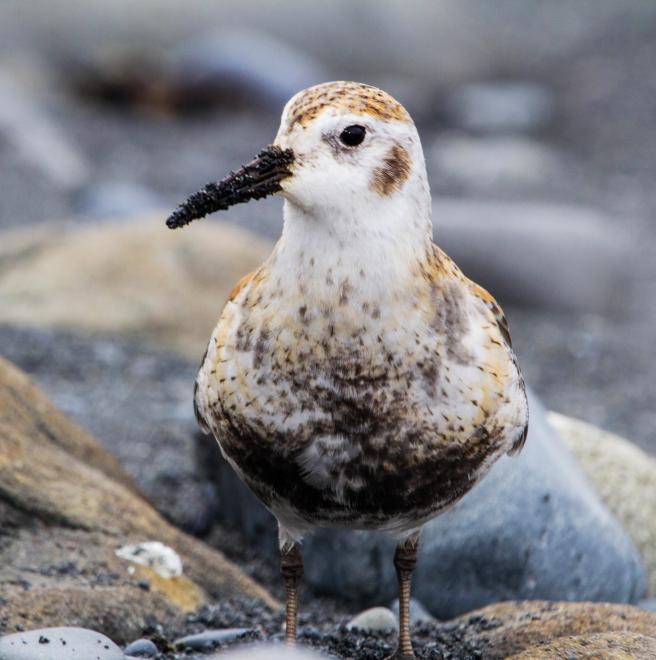
This Alaskan counterpart of the Purple Sandpiper breeds on dry tundra and disperses to rocky seacoasts in winter. Currently the Rock Sandpiper doesn’t penetrate much farther south along the coast in winter than the northwestern Lower 48—a situation unlikely to change much if the results of Audubon's climate model are upheld. The scenario in the eastern high Arctic is more interesting, however, as the model shows a considerable amount of potentially new climatically available space currently unoccupied by the species. Even with the extensive opening of the Arctic sea ice expected by many scientists, it seems unlikely that the Rock Sandpiper could colonize as far east as eastern Baffin Island.
Explore more birds threatened by climate change around the country.
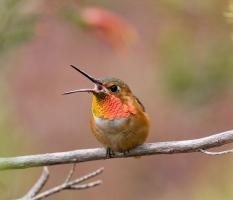
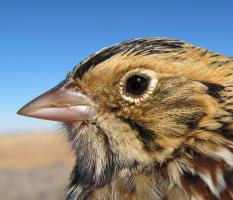



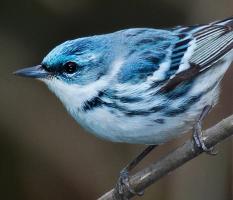
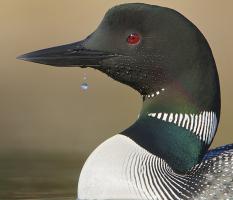


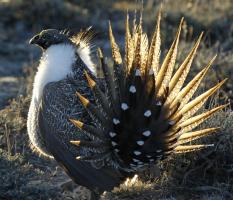
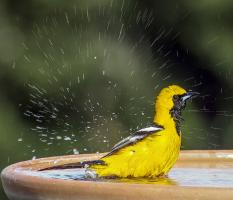

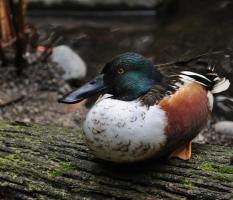

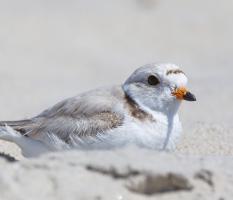

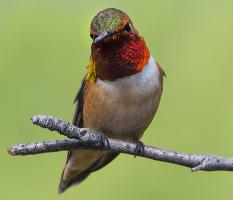

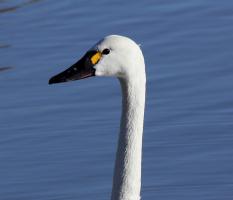

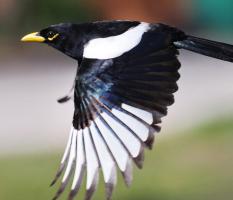
It's easier than you think to make a difference. Become an Audubon member today to help birds facing climate change.